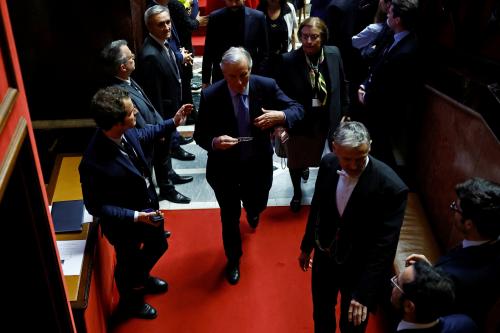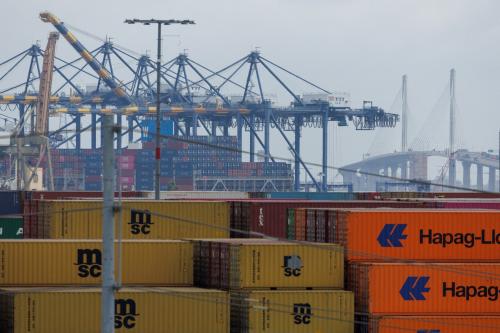Last week’s early-morning police raid on a group of people occupying a park in Istanbul has spread into a nationwide protest with calls for the resignation of the Turkish prime minister Recep Tayyip Erdoğan.
The group was protesting a shopping-center construction project near Taksim Square in the central city. The tree-lined precinct known as Gezi Park has long been popular among the public and considered an oasis in a city otherwise increasingly overwhelmed by skyscrapers, large shopping centers and concrete buildings. In 2011, the city opened the way for the park to be replaced with a shopping center in the form of reconstructed early-nineteenth-century Ottoman army barracks.
Erdoğan has been a staunch and unyielding defender of the project at a time of growing opposition. At a first glance, the demonstrations and the riots appear to have been sparked by a longstanding local opposition, which regards tree cutting as the first step towards the realization of the shopping center. Yet, there is much more to this outburst of anger and opposition across the country than just a determination to save rows of majestic trees. These protests, therefore, beg the old quo vadis question: Where is Turkey going?
The Brookings Institution is committed to quality, independence, and impact.
We are supported by a diverse array of funders. In line with our values and policies, each Brookings publication represents the sole views of its author(s).



Commentary
How Erdogan Fell From Grace
June 4, 2013